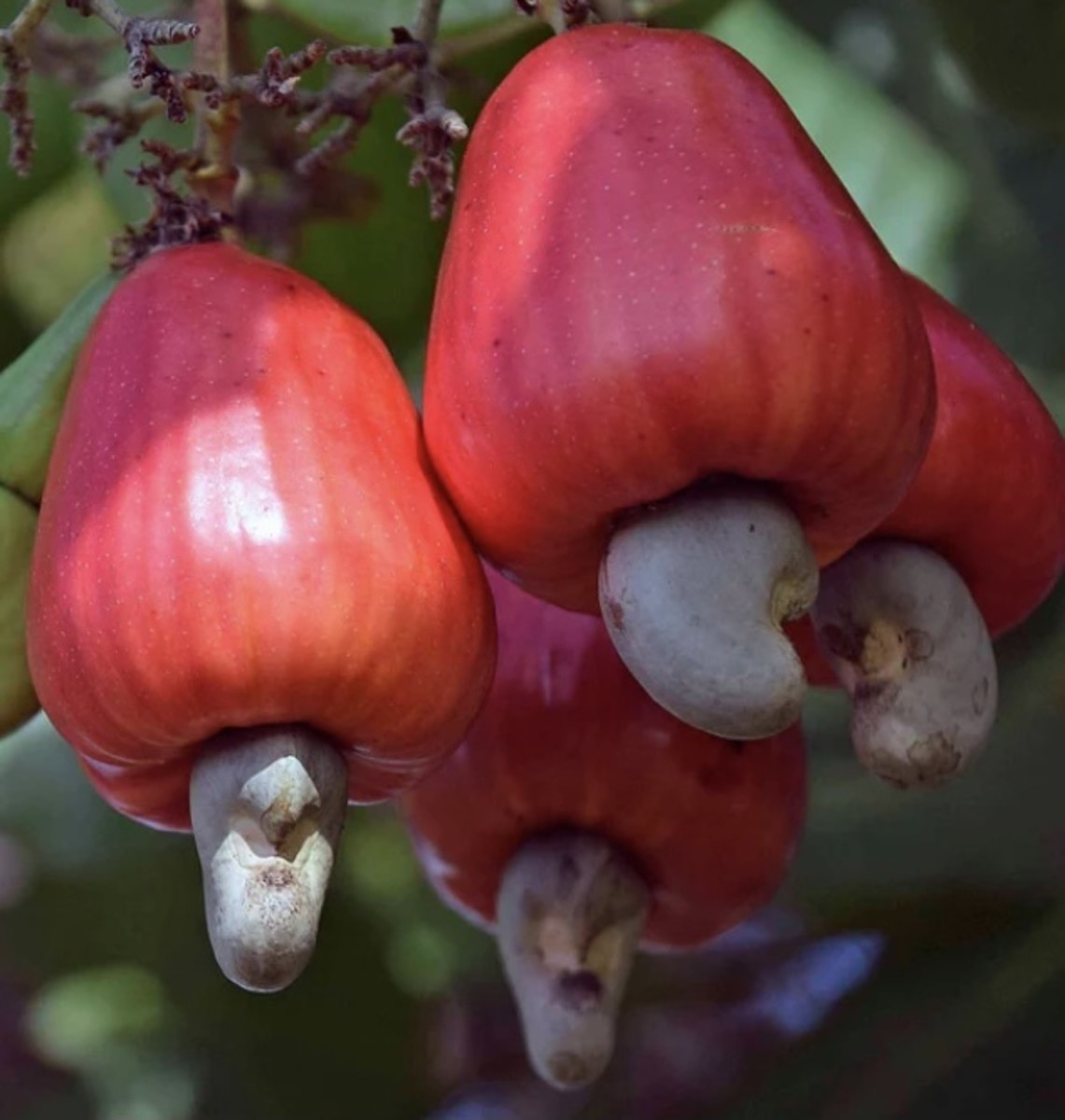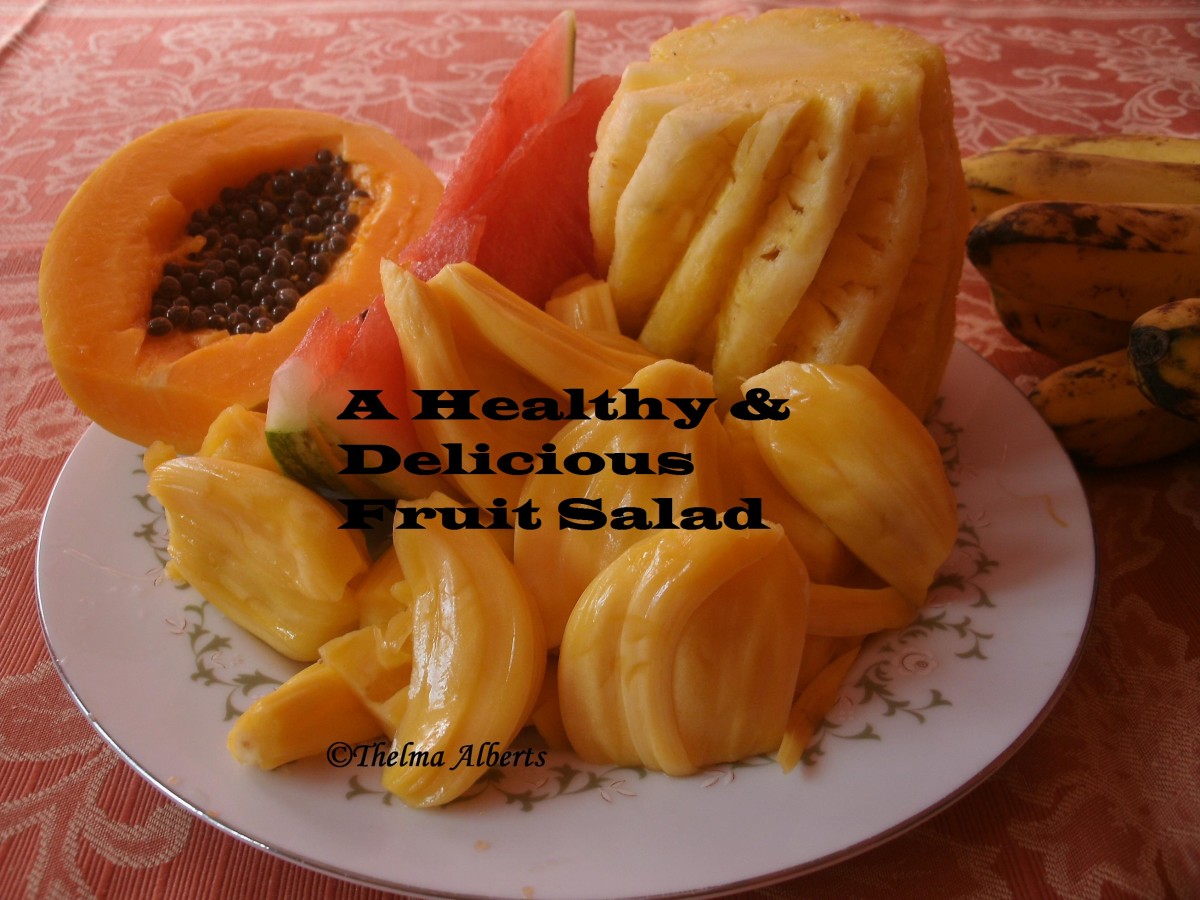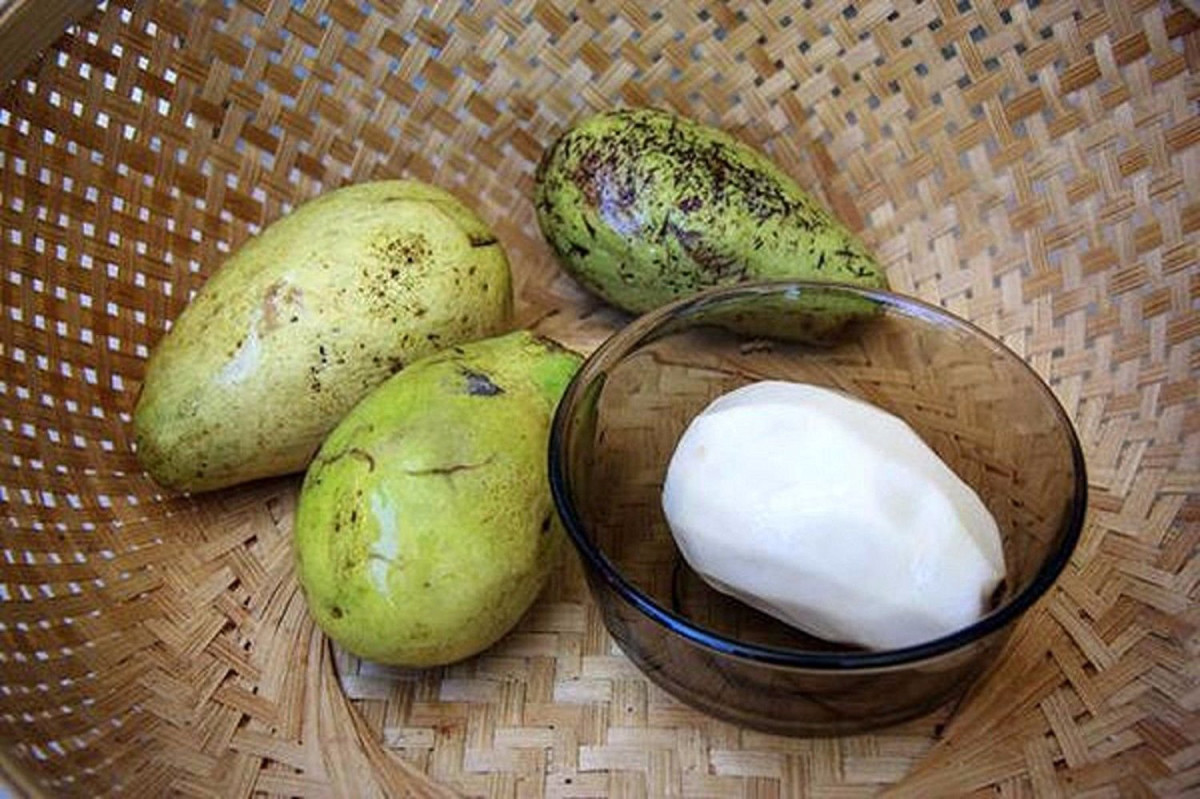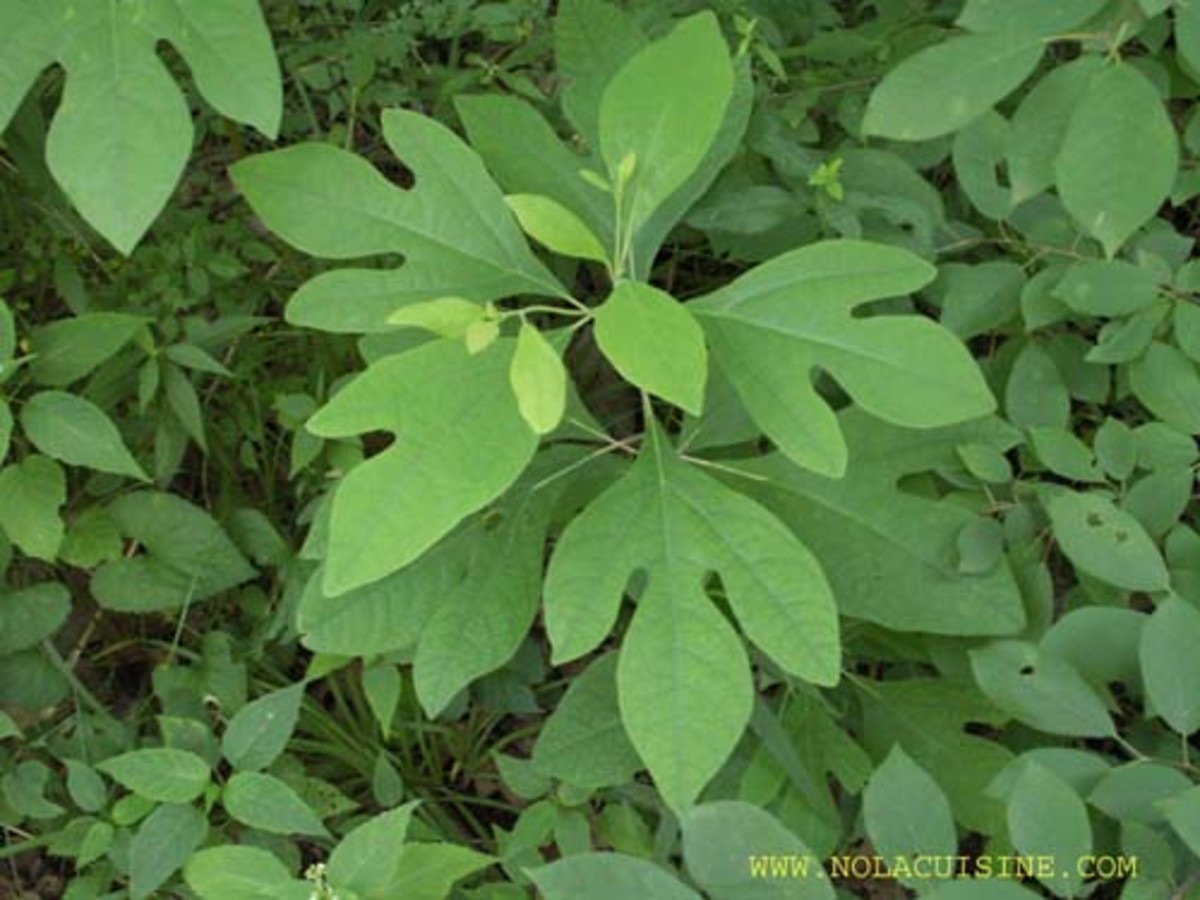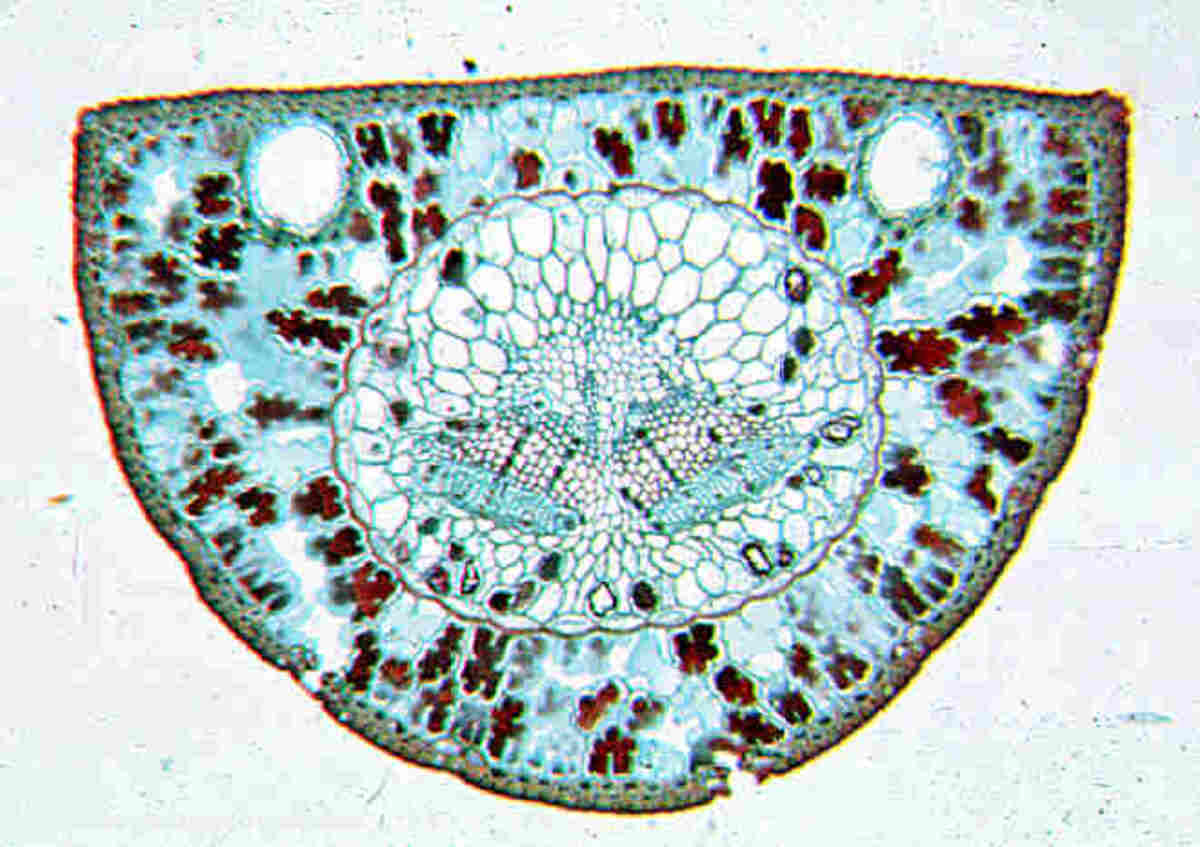Delicious Fleshy Fruits
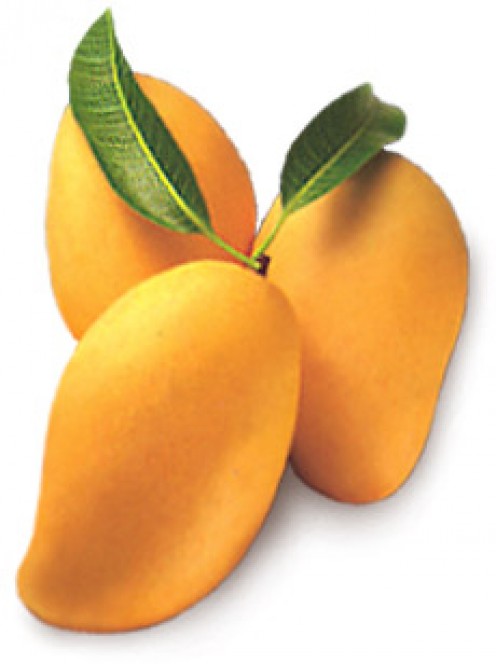
Delicious Fleshy Fruits
Formation of seeds inside the fruit is the characteristic feature of angiosperms. Fruit is regarded as a ripened post fertilized product of the ovary. The fruit has tow parts namely, the fruit wall (pericarp) and the seed.
The nature of pericarp is different in fruits. In some fruits pericarp become fleshy at maturity. In some fruits pericarp remains dry at maturity. Fruits with fleshy pericarp are called fleshy fruits. In these fruits pericarp is divided into three layers namely outer epicarp, middle mesocarp and inner endocarp. These fruits are entirely fleshy, juicy, tasty and delicious. These include a variety of fruits such as Musa, Pyrus, Citrus, and Mangifera etc.
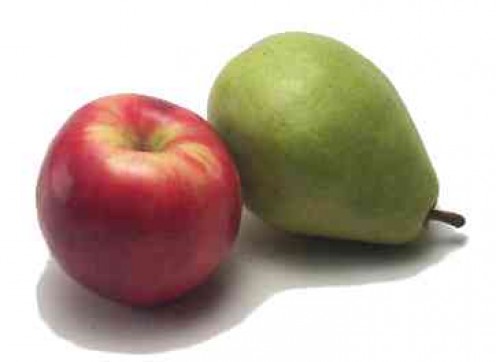
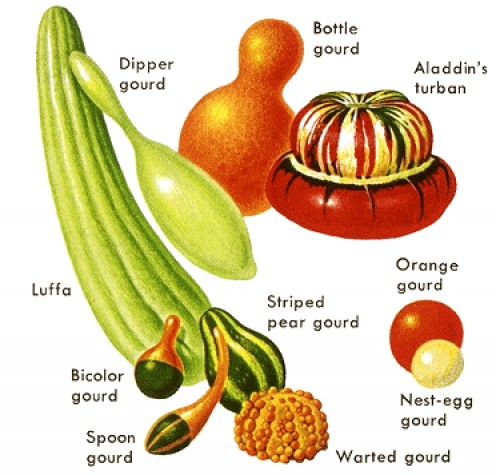
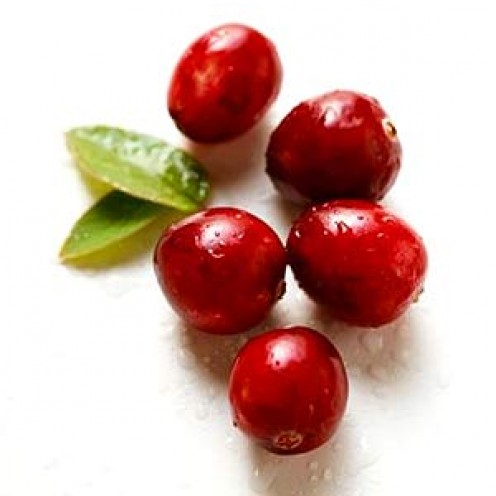
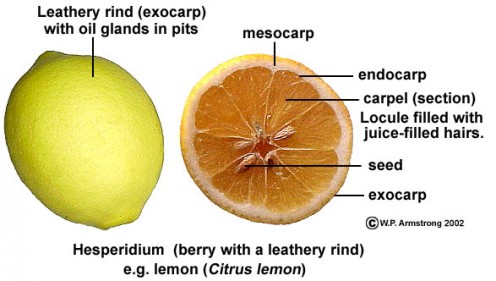
Basically fruits are of two types.
1. False fruit: fruit formed from any floral part along with the ovary. False fruit are
always associated with true fruit.
In Pyrus malus, the thalamus grows along with the ovary to form a fleshy false fruit. In Anacardium occidentalis the pedicel develops into a juicy succulent false fruit.
2. True fruit: developed from fertilized ovaries.
True fruits are again classified into three types, namely simple fruits, Aggregate fruits and composite or Multiple fruits.
Simple fruits: These are developed from ovary of a syncarpous gynoecuium of single
flower. Based on the nature of the pericarp, simple fruits are classified into fleshy and dry fruits.
A) Fleshy fruits:
In these fruits the pericarp becomes fleshy at the time of ripening. The seeds of these are liberated only
after the disintegration of the pericarp. These are further classified into
1. Berry: A group of fleshy fruits are called berry fruits. These fruits have one
or more seeds and develop from multicarpellary synacarpous gynoecium. The mesocarp and endocarp fuse to form pulp. Seeds are the only hard portions which are scattered in the pulp….. e.g.: Solamum, Lycopersican, Musa etc.
The berry of Phoenix dactilifera has only one seed.
2. Pome: It is a fruit in which the pericarp is hard, thalamus is fleshy enclosing
the true fruit formed from inferior ovary and holds seeds inside it… e.g.: Pyrus malus
3. Pepo: Thalamus fuses with epicarp, mesocarp forms fleshy pulp with many
seeds developed form the inner walls of the fruit. It is the characteristic fruit of Cucurbitaceae. e.g.: Cucumis sativa.
4. Hesperidium: It is characterised by the presence of endocarp which has
many chambers filled with juicy edible hairs, white papery mesocarp and having an outer leathery epicarp with many glands of volatile oils.
It is the characteristic fruit of the family Rutaceae…e.g.: Citrus species.
5. Drupe: Epicarp is leathery; mesocarp is fleshy or fibrous and edible. It is a
one seeded fleshy fruit and characterised by having stony endocarp. e.g.: Mangifera and Cocos.
B) Dry fruits: In these fruits pericarp remains dry and undifferentiated when
ripe. They are of three types. 1) Dry Dehiscent 2) Dry indehiscent and 3) Schizocarpic.
I. Dry Dehiscent: these fruits dehisce to liberate the seeds at maturity.
These are of different types.
1. Legume: the fruits dehisces dorsivetrally into two halves liberating the
seeds. It is the characteristic fruit of Fabaceae. E.g.: Dolichos.
2. Capsule: These fruit dehisce in different ways and are classified into:
a) Spticidal capsule: It breaks along the septa between the locules into
definite number of pieces equal to the number of carpels..e.g: Aristolochia
b) Loculicidal: Capsule dehisces through the middle portions of the
locules. It also splits into a number of pieces equal to the number of carpels. e.g.: Gossypium
c) Septifragal: the fruit wall dehisces either by loculicidal or septicidal
manner. e.g.: Datura.
II. Dry indehiscent: These are normally one seeded fruits and never
dehisce even at maturity. These are of the following types:
1. Caryopsis: The pericarp and seed coat fuse together. It is the
characteristic fruit of Poaceae. e.g.: Oryza.
2. Cypsela: It is the characteristic fruit of Asteraceae. It is developed
from inferior ovary. It is characterized by persistent pappus like calyx. e.g.: Tridax.
3. Nut: it is characterized by a stony pericarp. e.g.: Anacardium.
III. Schizocarpic fruits: Dry fruits which show the characters of both the
dehiscent as well as indehiscent fruits. At maturity the frut splits into many one seeded bits called maricarps. These are of the following types.
1. Lomentum: Fruit is constricted between the seeds. Fruit splits at constrictions into one seeded mericarps. These fruits are formed commonly in the members of Mimosae. e.g.: Acacia.
2. Schizocarp: This fruit found in the members of Malvaceae. e.g.: Abutilon.
Aggregate fruits: These are developed from ovaries of multicarpellary, apocarpous gynoecuim of a single flower. Ovary of each carpel develops into a fruit let. The bunch of fruit lets is called ‘etaerio’. Depending upon the nature of the fruit lets, these fruits are of the following types. Etaerio of aches-e.g.: Naravelia, Eaterio of berries—e.g.: Polyalthina, Etaerio of drupes-e.g.: Rubus and Etario of follicles-e.g.: Mangnolia.
Composite fruits: These are developed from complete inflorescence along with its component parts. These are further classified into:
1. Sorosis: It develops from spike-e.g.: Ananas sativus or Spadix-e.g.: Artocarpous, or Catkin inflorescences-e.g.: Morus.
2. Syconus: It is a multiple fruit develops from hypanthodium inflorescence. Each portion is hallowing fleshy cup like receptacle peduncle which forms the edible portion. After fertilization the female flowers present on the inner margins of the receptacle produce achenes. e.g.: Ficus species.




